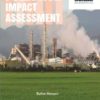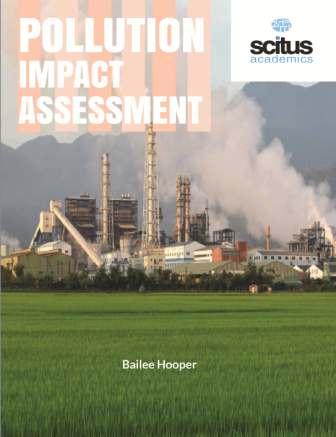Due to the influence of many pressing factors such as the increased demand for food, scarcity of arable land and resources, and various environmental factors has made it necessary to manage agriculture smartly through sustainable and environment-friendly approaches while simultaneously increasing productivity. Although plant physiologists sometimes view soil as simply a source of nutrients to plants, it is actually a complex ecosystem hosting bacteria, fungi, protists, and animals. In their natural environment, plants belong to rich ecosystems which include a diverse variety of microorganisms that are present in the soil. For quite some time, it is known that some of these microbes play the crucial role of improving the mineral content of the soil, such as the mycorrhizal fungi which live symbiotically with plants and fix soil nitrogen. Yet, understanding the potential impact that the entire range of microbes that perform such functions have and how they can help reduce synthetic inputs has only started being explored. Over the last few years, significant progress has been made in the knowledge of the composition of rhizospheric microbiomes and their dynamics. Global climate change is expected to have an impact on the drought and rain patterns throughout the world, which is going to affect these microbial communities and how they function, ultimately shifting microbially-mediated biogeochemical cycles.
The present book highlights wide-ranging aspects of soil microbiology, and practical, impactful information for its many applied and fundamental disciplines. The book aims to understand the microbial community composition and function variations in drought conditions and following rewetting events, using a soil metaproteomic approach. Fumigants are used to control various pests that can affect the soil, such as nematodes, pathogens, and weeds. A study of the effects that these fumigants have on microbial communities and biomass as well as the target pests is essential to understand their biocidal activity. Therefore, the book also aims to determine the efficacy of fumigation treatments on both target and nontarget microorganisms in the soil. In addition, the book explores the effect of nitrogen sources on microbial biomass nitrogen under different soil types and metagenomic analysis of microbial community and function involved in cd-contaminated soil respectively. This book examined the impact of triclosan, an antibacterial agent commonly added to consumer products, on microbial populations and microbial diversity in soil irrigated with greywater. Finally, the book reports on the importance of NF bacteria and P solubilizing/mobilizing microbes as well as their interactions with mineral P fertilization in improving crop productivity and fertilizer efficiency. Finally, it discusses the synergy that exists among multi-trophic interactions that involve those two microbial groups and positive effects they have on mineral absorption, crop productivity, and reliance on the environment of plants.













Reviews
There are no reviews yet.